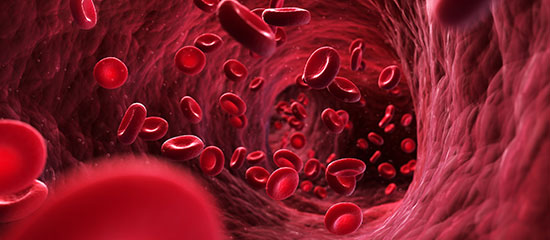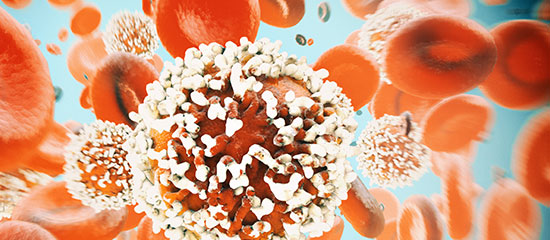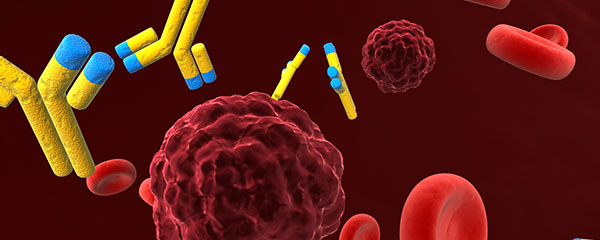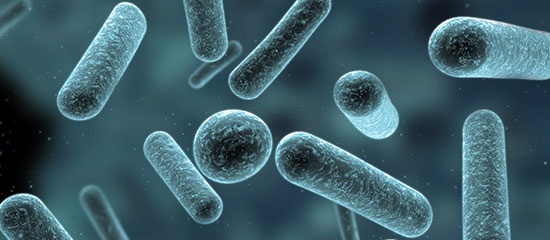cancer clinic
Cancer Immunity Clinic

01
Definitions
Blood cancer can be defined in 3 types as below
ㆍLeukemia which cancer cells are produced in hematopoietic cells that form the blood
ㆍMalignant lymphoma which cancer cells are produced in lymphocytes that protect the body from infection and disease
ㆍMultiple myeloma which cancer cells are produced in plasma cells that form antibodies
02
Symptoms
Symptoms may appear as normal blood functions are failing caused by abnormalities of red blood cells, white blood cells, platelets, etc.
03
Types

Leukemia
Leukemia is a type of blood cancer developed when normal blood cells in the bone marrow, which is a blood-forming organ, are changed into cancer cells and proliferated. It is classified as acute and chronic depending on its progression conditions, as myelogenous and lymphocytic depending on where cancer cells are mutated.
Malignant lymphoma
The lymphatic system consists of lymphatic vessels and lymphatic glands, and it is distributed through the body. Therefore, lymphoma may develop in any parts of the body. Malignant lymphoma grows abnormally big or cause cancer cell metastasis to body organs such as the bone marrow, the liver, the spleen, etc. It is classified as non-Hodgkin lymphoma and Hodgkin lymphoma depending on the tissue types.

Non-Hodgkin lymphoma usually develops in the solid organs such as the abdominal region, the mediastinum, lymphatic glands in the head and neck rather than in lymph nodes. When Hodgkin lymphoma develops, lymph nodes of the neck, armpits and groin slowly grow and over 70% of patients visit a hospital due to cervical lymphadenia.

Multiple myeloma
Multiple myeloma develops when plasma cells, a type of white blood cell, abnormally differentiate and proliferate in the bone marrow. It is characterized by increase of calcium level in the blood, and bone pain in a daily life such as acute pain in the
04
Diagnostic tests
- 01
Leukemia
Blood test, Bone marrow biopsy, DNA test - 02
Malignant lymphoma
Blood test, Biopsy, Imaging tests - 03
Multiple myeloma
Bone marrow biopsy, Special protein tests (blood, urine), Bone x-rays
05
Treatments
Leukemia
Depending on symptoms and progressions, acute leukemia can be treated with stem cell transplant, etc. with anticancer chemotherapy as a basic treatment.
Chronic leukemia is an acquired disease which caused by Philadelphia chromosome abnormalities. It is treated with oral medication administration, interferon injections, stem cell transplant, etc. Depending on the drug response, treatment using drugs is applied differently, such as initial line, the second-line, etc. Because many cases show good drug response, some consider leukemia as a chronic disease like hypertension or diabetes.
Malignant lymphoma
As non-Hodgkin lymphoma is a General disease, systemic treatment, such as anti-cancer medication treatment, radiotherapy, etc., is performed, but lymphoma developed in the small intestine may burst during anti-cancer medication treatment, it is a principle that surgery must be done before treatment. Hodgkin lymphoma well responses to radiotherapy, and in case of local lesion, complete radical cure is possible with sufficient amount of radiation. However, if radiotherapy is performed to pediatric patients aged under 8, it may effects on the growth of bones and normal development of organs. Therefore, the range of radiotherapy should be narrowed as much as possible to only local lesion.
Multiple myeloma
Treatment is focused on preventing disease and the condition of disease is monitored until symptoms appear. When symptoms appear, direct treatment for the cell proliferation and regular treatment for fracture and anemia are performed together. To get rid of tumor, radiation is irradiated on tumor site, and medication and painkiller administration, etc. are performed in order to prevent bone damage.



